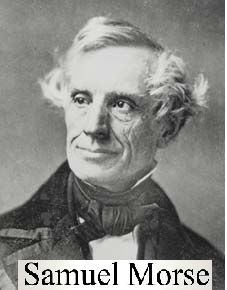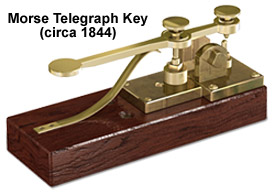What were Ramanujan’s contributions to mathematics?

Srinivasa Ramanujan was one of the greatest mathematicians India has ever produced. His contributions to the theory of numbers brought him worldwide acclamation. He was born in a poor Brahmin family of south India on 22nd December, 1887. Due to lack of scope, he started his career as a clerk. In his spare time he used to devise mathematical Problems himself and solve them.
When he was 15 years old he obtained a copy of George Shoobridge Carr’s Synopsis of Elementary Results in Pure and Applied Mathematics. Having verified the results in Carr’s book, Ramanujan went beyond and developed his own theorems. In 1903 he secured a scholarship from the University of Madras. But since he devoted himself fully to mathematics and neglected other studies it was forfeited the following year.
But undeterred, Ramanujan continued with his work in extreme poverty without employment. He got married in 1909 and began to search for a permanent employment. He obtained a clerical post with the Madras port trust.
Ramanujan published his first research papers in the journal of the Indian Mathematical Society in the year 1911. His genius slowly gained recognition and in 1913 he began a correspondence with the British mathematician Godfrey H. Hardy that led to a special scholarship from the University of Madras and a grant from Trinity College, Cambridge. In 1914 Ramanujan went to England, where Hardy tutored him privately and collaborated with him in some research.
Ramanujan’s genius was unrivalled. He worked out the Riemann series, the elliptic integrals, hyper geometric series, and the functional equations of the Zeta function and his theory of divergence series. In England, Ramanujan made further advances, especially in the partition of numbers. His papers were published in English and European journals. In 1918 he became the first Indian to be elected as a Fellow to the Royal Society of London.
In 1917 Ramanujan got tuberculosis and so he returned to India. He died at Chelput in Madras on 26th April, 1920.


 Within the past hundred years there have been many advances in the design of the device called “Seismographer”. Seismographers give a record of movement and waves of the earth’s crust at their location. There is now seismic recording equipment fixed in every country — making continuous recordings. A heavy inert weight is suspended in the equipment by a spring and attached to this is a fixed pen that is in contact with paper on a rotating drum. During earthquake the instrument’s frame and the drum move, causing the pen to record a zigzag line on the paper. The pen does not move.
Within the past hundred years there have been many advances in the design of the device called “Seismographer”. Seismographers give a record of movement and waves of the earth’s crust at their location. There is now seismic recording equipment fixed in every country — making continuous recordings. A heavy inert weight is suspended in the equipment by a spring and attached to this is a fixed pen that is in contact with paper on a rotating drum. During earthquake the instrument’s frame and the drum move, causing the pen to record a zigzag line on the paper. The pen does not move. An atom is made up of three types of elementary particles called electrons, protons and neutrons. The neutrons and protons constitute the nucleus of the atom while the electrons revolve around the nucleus in different orbits. Neutron is a subatomic particle that does not have any electric charge. Protons and electrons however carry equal positive and negative charges respectively but neutron has no such charge. The mass of the neutron is slightly greater than that of the proton. Do you know who discovered the neutrons?
An atom is made up of three types of elementary particles called electrons, protons and neutrons. The neutrons and protons constitute the nucleus of the atom while the electrons revolve around the nucleus in different orbits. Neutron is a subatomic particle that does not have any electric charge. Protons and electrons however carry equal positive and negative charges respectively but neutron has no such charge. The mass of the neutron is slightly greater than that of the proton. Do you know who discovered the neutrons?

 ), as 3.1416 and introduced the inverse sine function into trigonometry.
), as 3.1416 and introduced the inverse sine function into trigonometry.




 Morse code is a system of sounds that telegraphers and radio operators use to send messages through wire or radio. This involves a system of dots or short signals, dashes or long signals and spaces. Each letter of the alphabet, plus numbers and other symbols, are represented by groups of dots and dashes. The Morse code is named after Samuel Morse of USA who developed it in 1938. He also patented the telegraph in 1840 and was credited with the invention of telegraph.
Morse code is a system of sounds that telegraphers and radio operators use to send messages through wire or radio. This involves a system of dots or short signals, dashes or long signals and spaces. Each letter of the alphabet, plus numbers and other symbols, are represented by groups of dots and dashes. The Morse code is named after Samuel Morse of USA who developed it in 1938. He also patented the telegraph in 1840 and was credited with the invention of telegraph.




